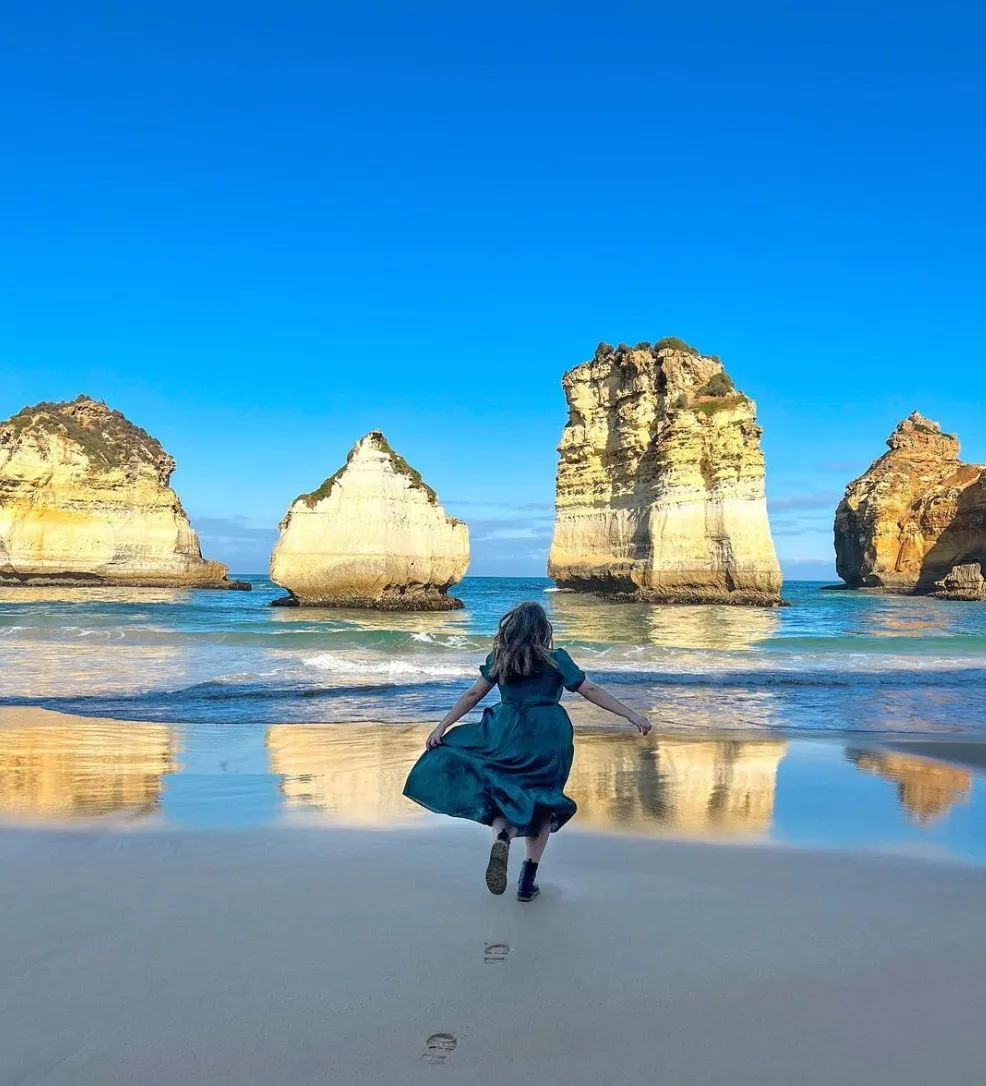The Great Ocean Road is a coastal treasure that spans over 240 kilometres along Victoria’s southern coast. It is popular for its beautiful beaches, awesome landscapes, and numerous activities which cater for all types of travelers. Whether you are looking forward to unspoiled places for swimming, iconic surf beaches or awe-inspiring views of the coastline, this road trip has it all. This guide will help you find the best spots for your seaside adventure – from must-see beaches to other Coastal Spots. From the well-known Bells Beach to the majestic Twelve Apostles – we will cover everything that would make your Great Ocean Road experience.
Torquay to Lorne
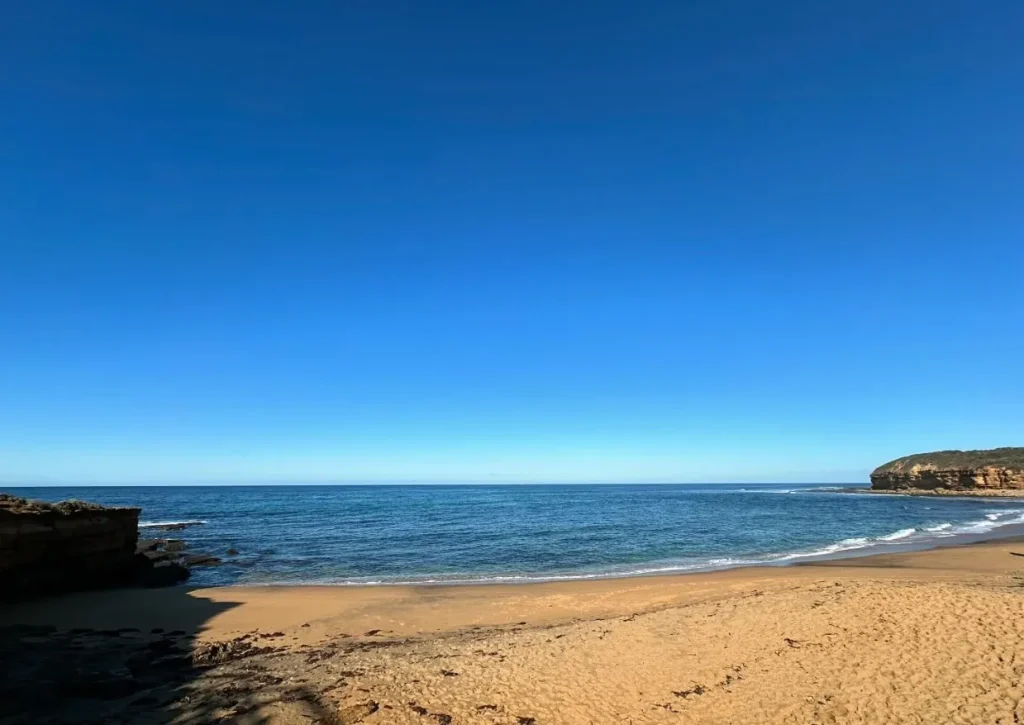
Starting right at Torquay, you will be at the very beginning of the Great Ocean Road. It is this town located by the sea that has grown in fame as a hub of surfing culture, thanks to the legendary Bells Beach that lies here too. Besides being an international surfing beach, Bells Beach also acts as a center where surfers and fans meet. With its massive waves, it attracts many tourists who take part in pro competitions such as Rip Curl Pro surfing event famous around Australia and even abroad. If surfing is not your thing you can still have stunning oceanic views from cliff tops or just go lazily wandering on sands.
Jan Juc, neighbouring Torquay, offers a less busy environment than its neighbouring town does. Less crowded with beautiful sandy beach surrounding it makes it a nice place for fun by the seaside with no worries on one’s mind, hence ideal for family holidays. The beach provides perfect swimming conditions while there are rock pools where one can explore marine life nearby. A scenic coastal drive between Torquay and Jan Juc gives you incredible views of rugged coastlines – an excellent way to start the Great Ocean Road journey.
Further towards Lorne, more breathtaking sceneries come out in your journey path; Lorne remains an interesting city famed for its amazing beach and friendly atmosphere. Lorne’s main beach is ideal for family fun, thanks to its safe conditions for swimming and proximity to cafes and shops. For the more adventurous, Lorne also serves as a base for exploring nearby natural attractions such as Maits Rest and Teddy’s Lookout. Maits Rest, which forms part of Otway National Park, contains old rainforest trees that are massive compared to the open surroundings of beaches.
Lorne to Apollo Bay
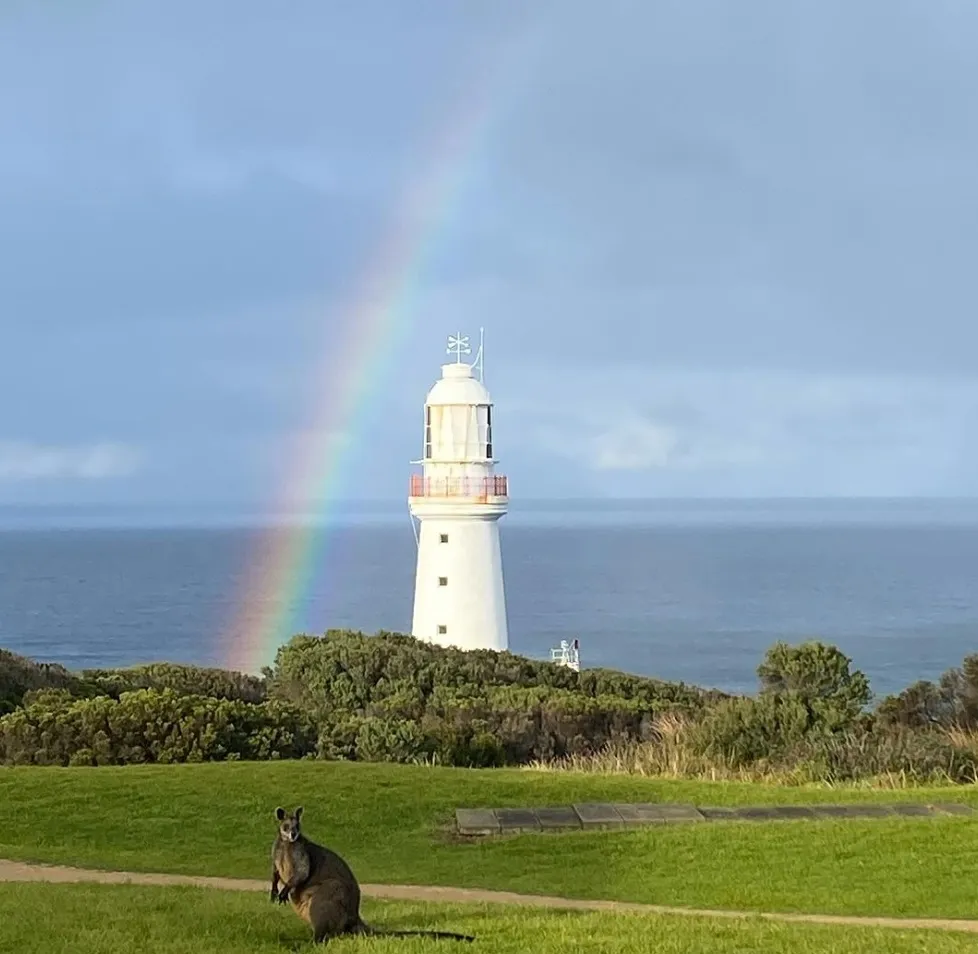
Driving from Lorne to Apollo Bay is a scenic journey offering a wide variety of landscapes. Its stunning coastal drives and secluded beaches are typically what characterize this part of Great Ocean Road. An enchanting seaside town, Apollo Bay opens up one of the most amazing scenes on Southern Ocean. The swimming beach here is absolutely beautiful and has an extra relaxed feel about it making it popular among visitors. Furthermore, there are great sites within close proximity like Cape Otway; you can visit Cape Otway Light Station – one of Australia’s oldest lighthouses.
Cape Otway is itself famous for its dramatic limestone cliffs and rugged shoreline. Johanna Beach, a bit further from the main town, offers visitors a more secluded environment. It’s surrounded by bushland and away from the crowdier places that provide a soothing alternative. They are perfect places to have an undisturbed walk along the shore or just sit down and enjoy nature at its best.
The drive between Apollo Bay to Cape Otway has some of the most beautiful views of the Southern Ocean which is really amazing. On this journey one encounters several lookouts that offer stunning views over coastal line and ocean waters. Another reason why animals such as koalas can be seen here in large numbers is because it provides a great habitat for them among other indigenous animals in Cape Otway region. If you keep going on this road, you will soon come into Lavers Hill, which is a small village acting as an entrance to Otway National Park. This park harbours rainforests with waterfalls including Hopetoun Falls that looks very appealing to any nature lover.
Apollo Bay to Warrnambool

As you drive from Apollo Bay all the way to Warrnambool, the sights only get better. In this part of your journey, there are numerous iconic and awe-inspiring coastal landmarks that lie along your route. Port Campbell stands out on this course because it has exceptional limestone stacks and cliffs. The area forms part of Port Campbell National Park, which showcases various magnificent geological formations, including Twelve Apostles, which are large columns made of limestone rising out of the seawater. These wonders should not be missed since they offer some breathtaking views along Great Ocean Road.
Loch Ard Gorge is named after a shipwreck that took place in 19th century; another gem in this region. It is known for its dramatic setting, providing insight into the maritime history of the area it encompasses within its borders. This place is a striking contrast between towering cliffs as well as pristine beaches against the raging Southern Ocean. A few kilometres from Loch Ard Gorge is The Arch, a natural bridge-like extension, and London Bridge, actually not a bridge but just a rock structure that collapsed in 1990.
For those who want to see more than well-known places there are several smaller interesting locations along this distance. On the other hand, The Grotto has an interesting cavernous structure that is surrounded by a calm pool compared to the continuously crowded tourist’s areas. The Bay of Martyrs and Bay of Islands have stunning views and offer opportunities for enjoying natural beauty at its best along the ocean shoreline.
Below are some of the main spots found on Great Ocean Road:
| Location | Key Features |
|---|---|
| Bells Beach | Famous surf beach, stunning views |
| Port Campbell | Limestone stacks, dramatic coastal scenery |
| Loch Ard Gorge | Shipwreck history, dramatic cliffs and beaches |
| Port Campbell National Park | Home to the Twelve Apostles and other landmarks |
| Johanna Beach | Secluded beach, surrounded by bushland |
| Cape Otway | Historic lighthouse, dramatic coastline |
Activities and points of interest:
- Bells Beach: Surfing or enjoying the waves.
- Teddy’s Lookout: Offers a breathtaking view of Lorne
- Hopetoun Falls: A lovely waterfall in Otway National Park.
- Port Campbell National Park: Discover famous rock formations such as Twelve Apostles, Loch Ard Gorge and more.
- Johanna Beach: It is a quiet beach with minimum people.
First part of the amazing journey on the Great Ocean Road, which will be filled with diverse landscapes, unique natural wonders and stunning coastal views. Whether you are exploring hidden coves, popular surf beaches or dramatic cliffs, there is something for everyone on this road trip. Keep your camera ready and your sense of adventure high as you continue to explore the stunning coastlines and attractions of this remarkable route.
Warrnambool to Nelson

As Warrnambool approaches, the last leg of the Great Ocean Road also features some of its calmest and least visited coastlines. Warrnambool itself is a bustling town that offers both cultural experiences and natural beauty. You can use it as a base for exploring nearby attractions such as Tower Hill Wildlife Reserve. This reserve is located in an extinct volcanic crater now home to various indigenous animals like koalas, kangaroos and emus. Nature enthusiasts would find hiking trails offered at reserve very fulfilling; guided tours, too, are held here.
From Warrnambool onwards, through lesser known but equally impressive coastal sceneries leading to Nelson, which lies on the border between Victoria and South Australia, its beautiful riverside backdrops coupled with vast beaches. Create empty spaces. Pristine ambience-pristine environment. This area possesses an undisturbed atmosphere thus making it an excellent escape from other crowded tourist destinations.The nearby Lower Glenelg National Park offers opportunities for walking through rugged terrains, including Princess Margaret Rose Cave, which is extremely beautiful when viewed from inside out.
A highlight of this section is Blanket Bay, an out-of-the-way venue with a spotless beach and clear waters. You can swim in the bay or have a picnic there for some quiet time amidst nature. For more excitement, you could go down to the Glenelg River nearby, where you can try your hands at canoeing and fishing. Since it is not developed that much, you can enjoy the coastline without it being spoiled.
Some key attractions along this last stretch are summarized here.
| Location | Key Features |
|---|---|
| Tower Hill Wildlife Reserve | Volcanic crater, diverse wildlife, walking trails |
| Blanket Bay | Secluded beach, clear waters, ideal for swimming |
| Lower Glenelg National Park | Rugged landscapes, Princess Margaret Rose Cave |
Key Activities to Explore:
- Tower Hill Wildlife Reserve: Ideal for spotting wildlife and taking nature walks.
- Blanket Bay: A good spot for swimming comfortably and a picnic site to enjoy the view.
- Glenelg River: Excellent for canoe ride and fishing.
Activities
It is not just the beautiful scenery that makes Great Ocean Road; it also has lots of activities that cater to all interests. From water sports to wildlife encounters, there is something for everyone along this infamous route.
Stand-Up Paddle Boarding in Anglesea
Anglesea is a popular location for stand-up paddleboarding (SUP) because of its calm waters and picturesque surrounding. SUP enthusiasts love the Anglesea River as they will come across serene environments with green bush lands as well as several types of fauna. The river is quite gentle so it’s suitable for beginners who want to try out paddleboarding. However, you can venture further downstream if you are more experienced and enjoy sightseeing along the way as well.
Tips for Beginners:
- Take a Lesson First: Start from a beginner’s class where you will learn the basics or brush up on your skills if you already know how to paddleboard.
- Check Weather Conditions: Pick calm days when paddling so that strong winds do not blow you away or swift currents take you too far off course.
- Safety Gear: Keep safe by putting on life jackets throughout and have whistles which can be blown during emergencies.
Kayaking Tours
Surf kayaking lets one decide between experiencing what it feels like riding surf waves at places such as Torquay and Bells Beach. On the other side, river kayaking tours are less intense but offer different views of natural wonders around here.
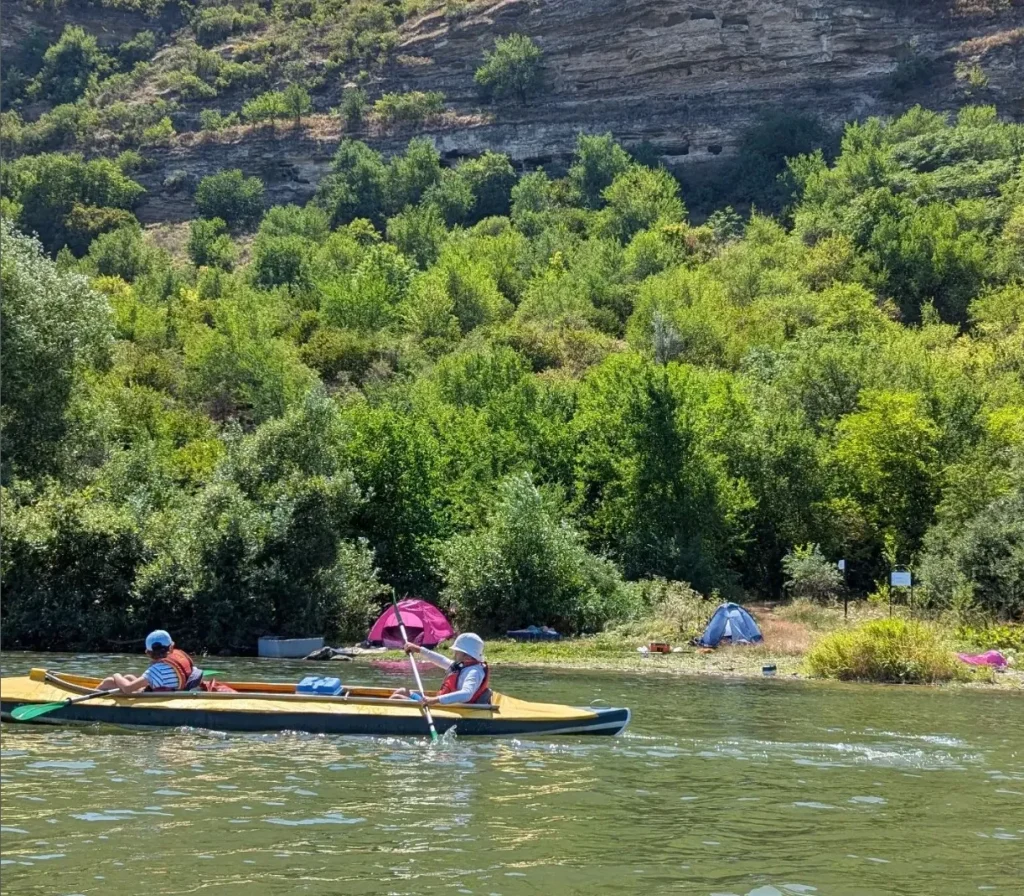
Kayak to Seals:
One amazing kayak trip activity is towards seals in their colonies. There are many tour operators offering guided trips that take visitors close to seal colonies, where they can watch them playfully interact with one another. Furthermore, snorkeling may be included in such tours to enable people to have a closer look at the underwater world.
Top Kayaking Locations:
- Torquay and Bells Beach: Challenging waves for surf kayaking.
- Anglesea River: A calm environment for a relaxed kayaking experience.
- Seal Colonies: Wonderful spots to observe seals in their natural habitats.
Travel Tips
For your road trip along the Great Ocean Road, there are some things that you must do to make sure that everything goes on well. How to plan your itinerary or get cheap accommodation are just but a few we shall be discussing below.
Great Ocean Road Itinerary

Having an itinerary is very important in order to maximize on your vacation. This way, you can get around all the main attractions of this place without feeling rushed. You should ideally allow yourself enough time – several days – so that you can really take it all in and perhaps spend longer if you feel like it at specific places.
Suggested Itinerary:
- Day 1: Torquay to Lorne – Check out Bells Beach, Jan Juc and Lorne’s main beach.
- Day 2: Lorne to Apollo Bay – Drive through nice scenery, visit Maits Rest and explore Cape Otway.
- Day 3: Apollo Bay to Port Campbell- Go see The Twelve Apostles, Loch Ard Gorge and The Arch Rock Formation as well.
- Day 4: Port Campbell to Warrnambool – Go around nature landmarks plus wildlife reserves there are many of these in the area so one cannot ignore them while visiting any national park here
- Day 5: Warrnambool to Nelson – Enjoy Blanket Bay located on Glenelg river mouth then head towards Lower Glenelg National Park
Budget Travel on the Great Ocean Road
Going cheap does not mean that you have to miss out on some of the amazing experiences along the Great Ocean Road. There are many tips for saving money and still get all that this place has to offer.
Tips for Budgeting
- Accommodation: Choose pocket-friendly options such as motels, hostels, or caravan parks. In many towns along this coastline, there are affordable stays with basic facilities.
- Food: Local cafes and picnic spots help in reducing food expenses. Most beaches and parks have barbeque areas for public use.
- Activities: Engage in activities like hiking, beachcombing, and visiting natural sites, which might be free or relatively cheap. Some of the areas with scenic views and magnificent beaches do not charge any fee.
Great Ocean Road Accommodations
Finding a suitable place to stay is crucial to enjoying yourself during your trip. There are luxury resorts as well as more budget-friendly choices that you can choose from when planning where to stay.
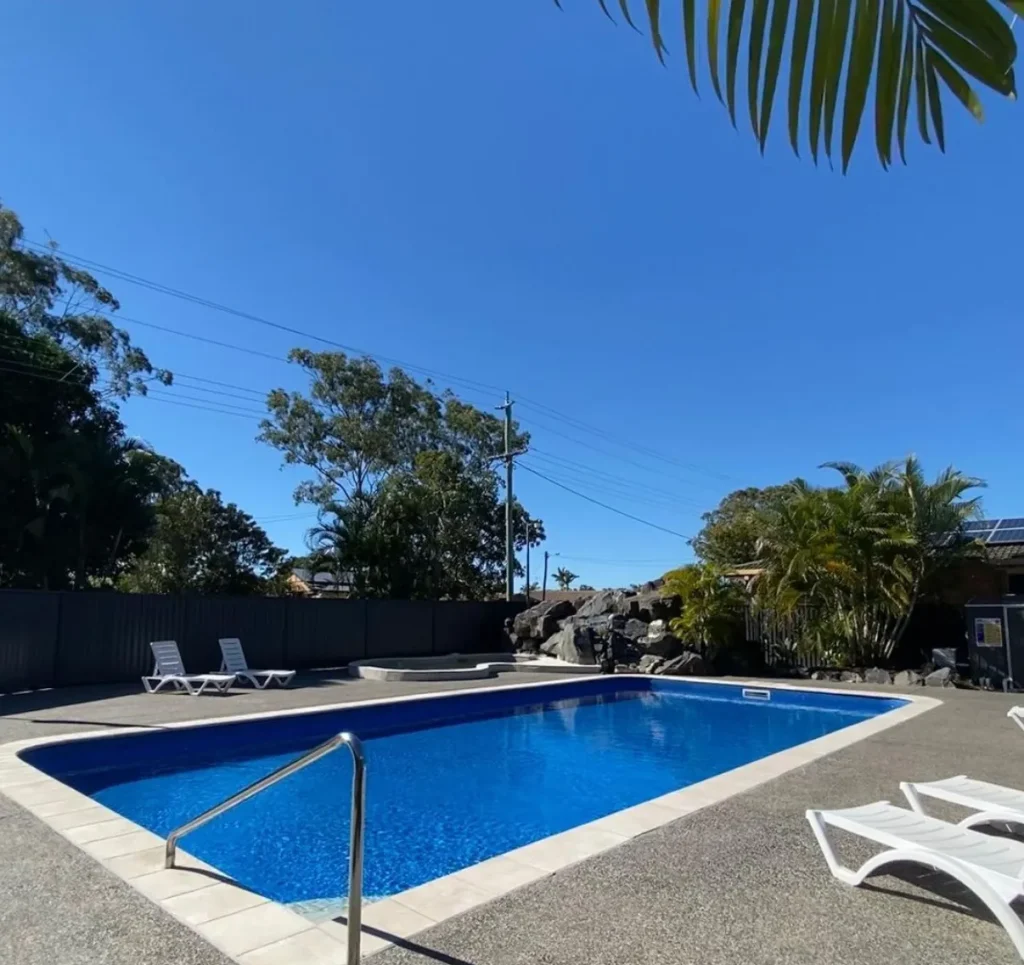
Different Types of Accommodation:
- Luxury Resorts: Additionally, one could opt to spend time at luxurious hotels found in Apollo Bay or Lorne instead of staying in low-end ones.
- Mid-Range Hotels: Affordable hotels and motels are also available situated around Torquay and Warrnambool.
- Budget Stays: It also offers budget accommodation with basic amenities such as those provided by Caravan parks and hostels services which have been put aside for low-income travelers.
Points of Interest
Apart from beaches plus coastal places there exist other points of interest worth visiting while on The Great Ocean Road. These make it possible for visitors to explore more about Australian culture and its natural beauty within these places hence making their visit here even more exciting than expected.
Point Addis Marine National Park
Situated close to Anglesea town, Point Addis Marine National Park is a sanctuary for marine life hosting a series of activities. The park is famous for its stunning underwater scenery and attracts many snorkelers and divers who descend here. Birdwatching as well as coastal walks having excellent scenery are also possible at this place. This area has diverse marine ecosystems, which makes it perfect for learning about the marine environment.
Memorial Arch
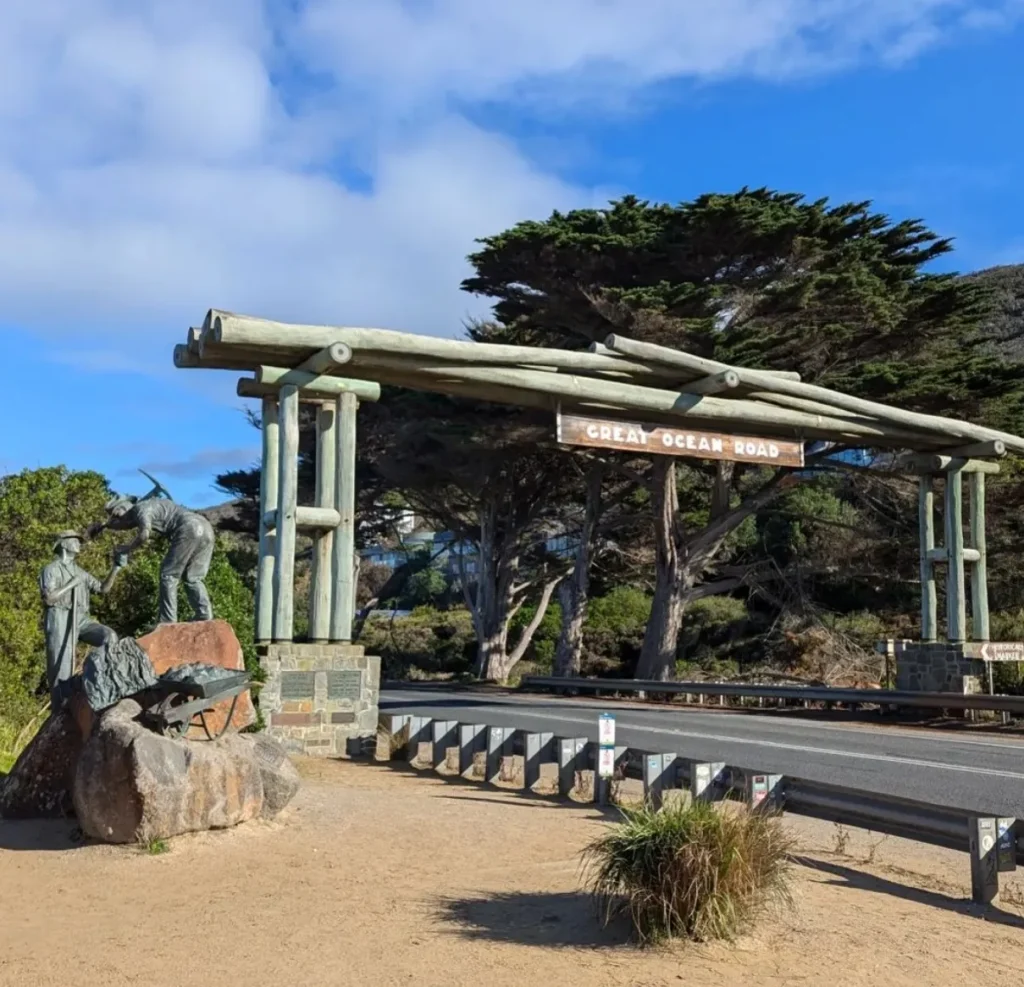
The memorial Arch is a historical landmark representing the start of the Great Ocean Road that was built to recognize soldiers who took part in World War I and has formed an important part of Australia’s history. It is also a popular spot for photography and reminder of its importance historically.
Maits Rest
Thus, Maits Rest gives you a different experience of rainforest within Otway National Park. Enroute through Maits Rest, you will pass gigantic trees surrounded by numerous ferns located in ancient forests. It’s an ideal calm atmosphere amidst green scenic views away from beach sceneries.
Beech Forest
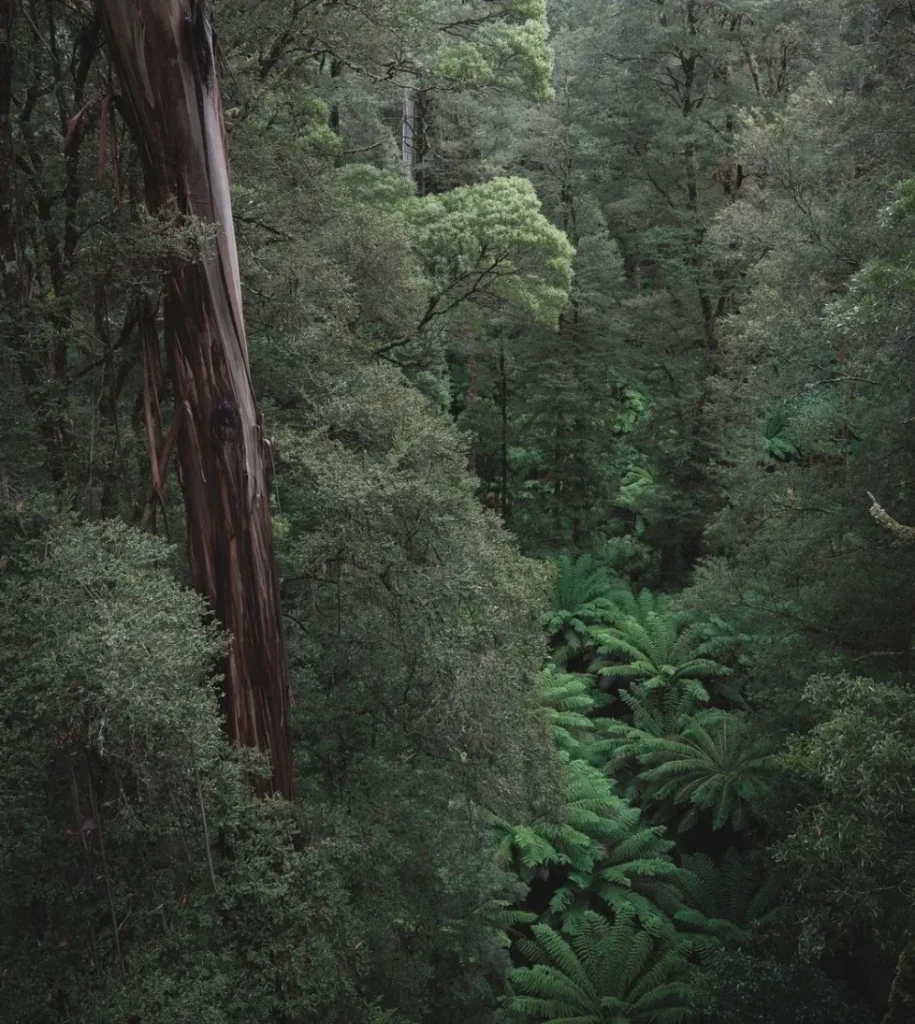
Another standout feature within Otway National Park is Beech Forest, where visitors can have a glimpse of the region’s dense forest cover. With numerous species of indigenous flora and fauna, the forest contains pathways through which people can enjoy exploring those green surroundings.
Top Places to Visit Nearby:
- Point Addis Marine National Park: Where sea exploration can be best done, and great hiking trails are available.
- Memorial Arch: A memorial point with some cultural significance attached to it.
- Maits Rest & Beech Forest: Walks into ancient woods complete with giant trees.
Conclusion
More than just a beautiful drive, the Great Ocean Road day trip is a journey through some of Australia’s most spectacular coastal and natural scenery. This route is diverse in its ability to cater for different tastes; from the famous surf beaches of Torquay to the limestone cliffs of Port Campbell. If you are looking for waves, hidden coves or simply astounded views, then Great Ocean Road has it all. It offers amazing activities, stunning landscapes, and rich cultural heritage that will make your road trip unforgettable. It is a remarkable tour around Australia’s southern coast, which provides a variety of activities, stunning landscapes and rich cultural heritage. Get into adventure mode, soak up scenic beauty, and create memories along this well-known path.
FAQs
What is the best way to travel to Great Ocean Road?
The Perfect method of travelling along such a route as The Great Ocean Road would be by car so that you can explore at your own pace as well as stop off at several attractions found on that route, though Great Ocean Road day trips are also available for those who don’t like driving.
How long does it take to drive the entire Great Ocean Road?
Driving all across The Great Ocean Road might take approximately 4-5 hours not counting stops but spending more time exploring this location could be even better due to its attractions as well as natural beauty.
Are there any accommodations directly on The Great Ocean Road?
Definitely yes! There are different types of accommodation ranging from high-end resorts to cheap motels and campgrounds right on the Great Ocean Road, while various towns such as Torquay, Apollo Bay or Warrnambool have many places where one can stay overnight.
What are some must-see attractions along the Great Ocean Road?
Some notable attractions include Bells Beach, The Twelve Apostles, Loch Ard Gorge Cape Otway and Bay of Islands because these places have their own special beauty within them.
Can I see wildlife along the Great Ocean Road?
Wildlife can be seen in several areas along this road, including Tower Hill Wildlife Reserve for kangaroos and koalas, and the coastal stretch around Cape Otway where marine life is found.
